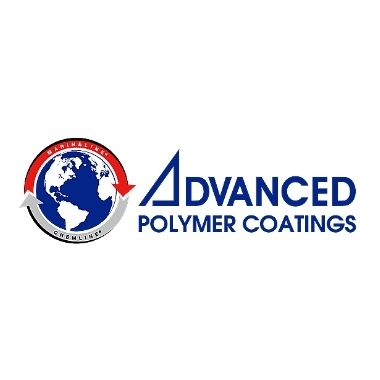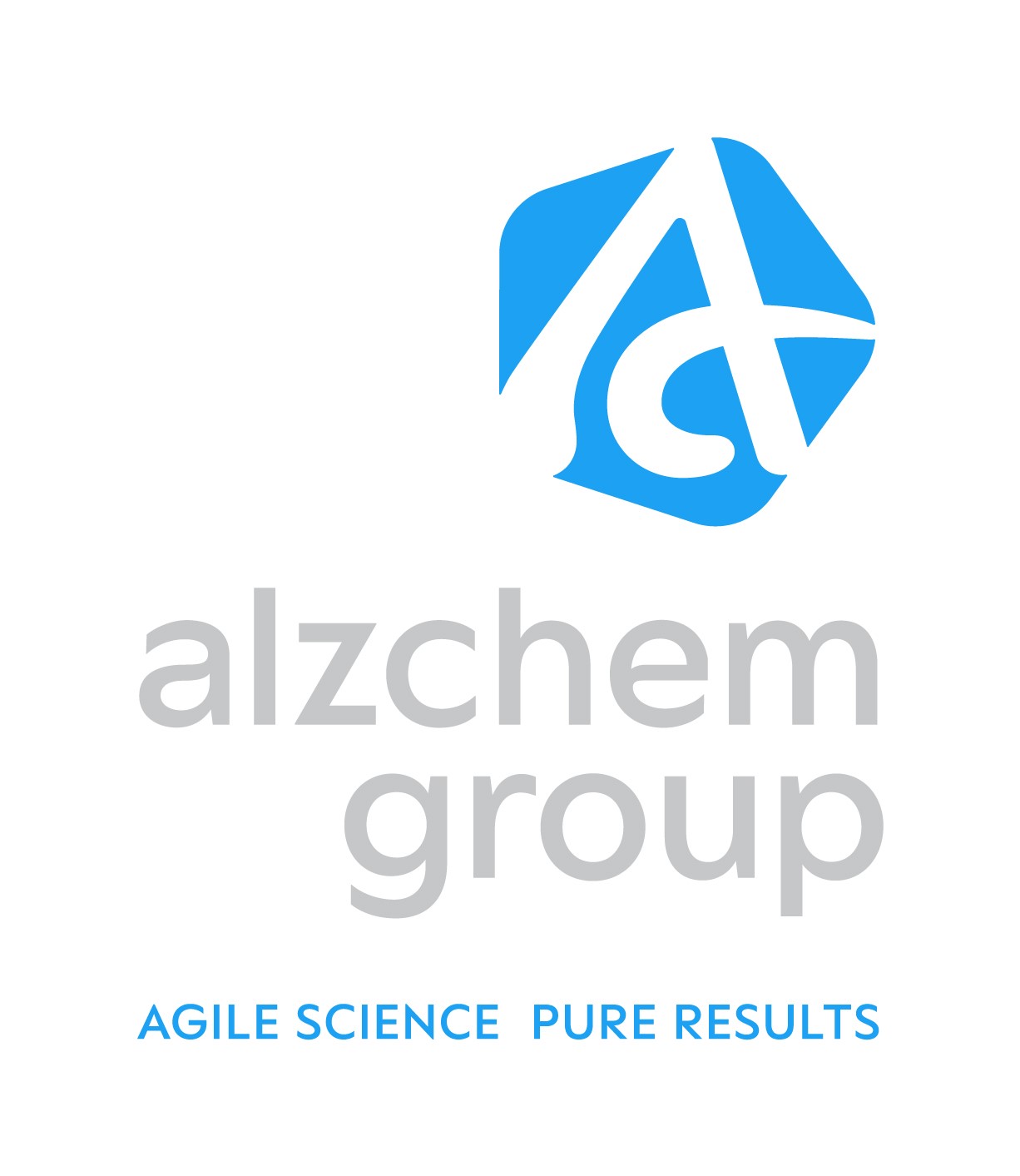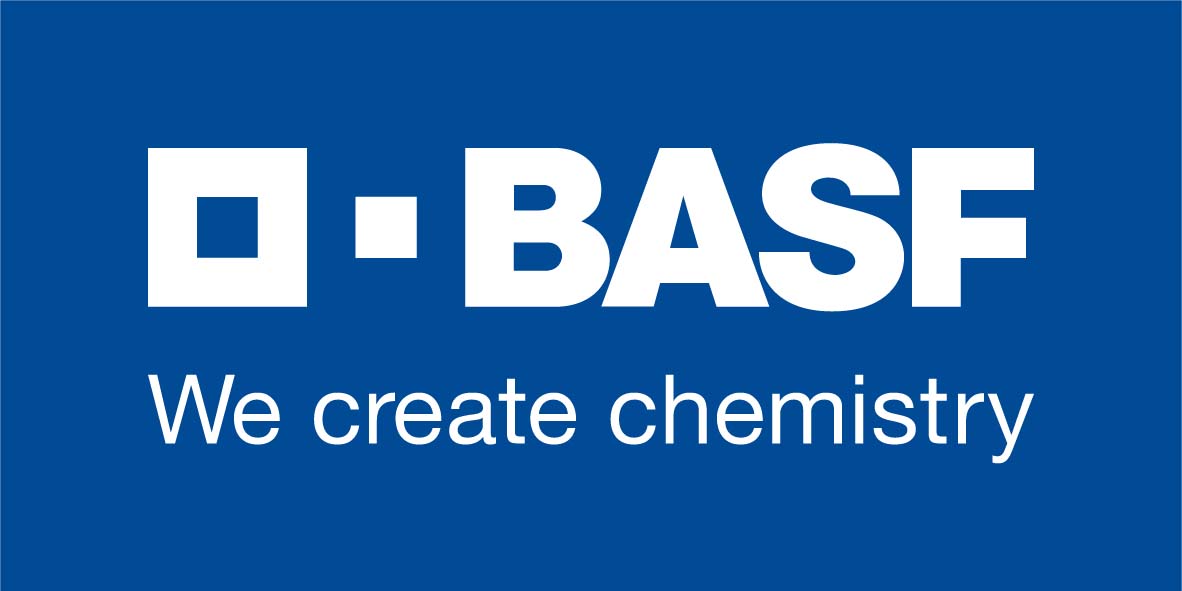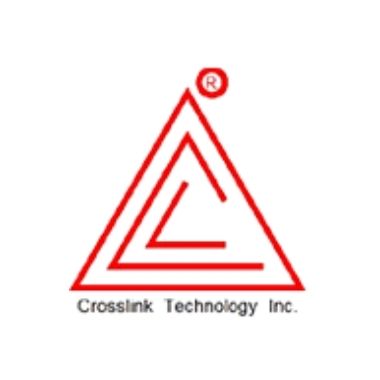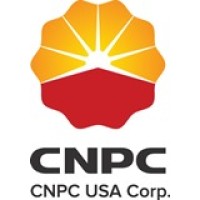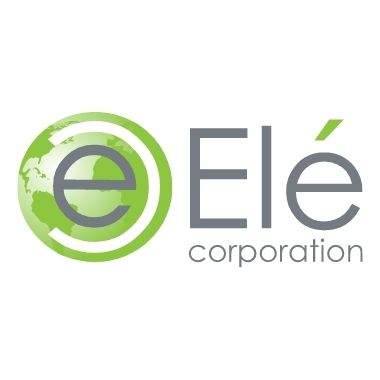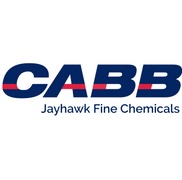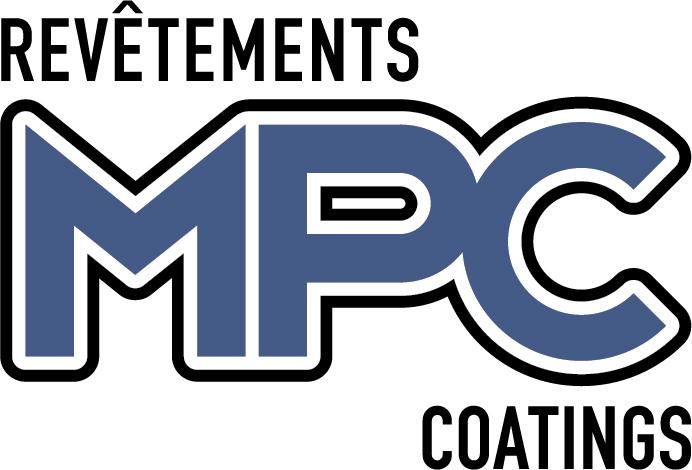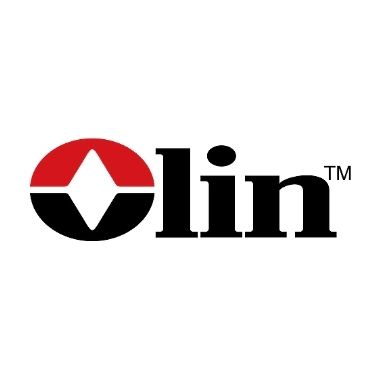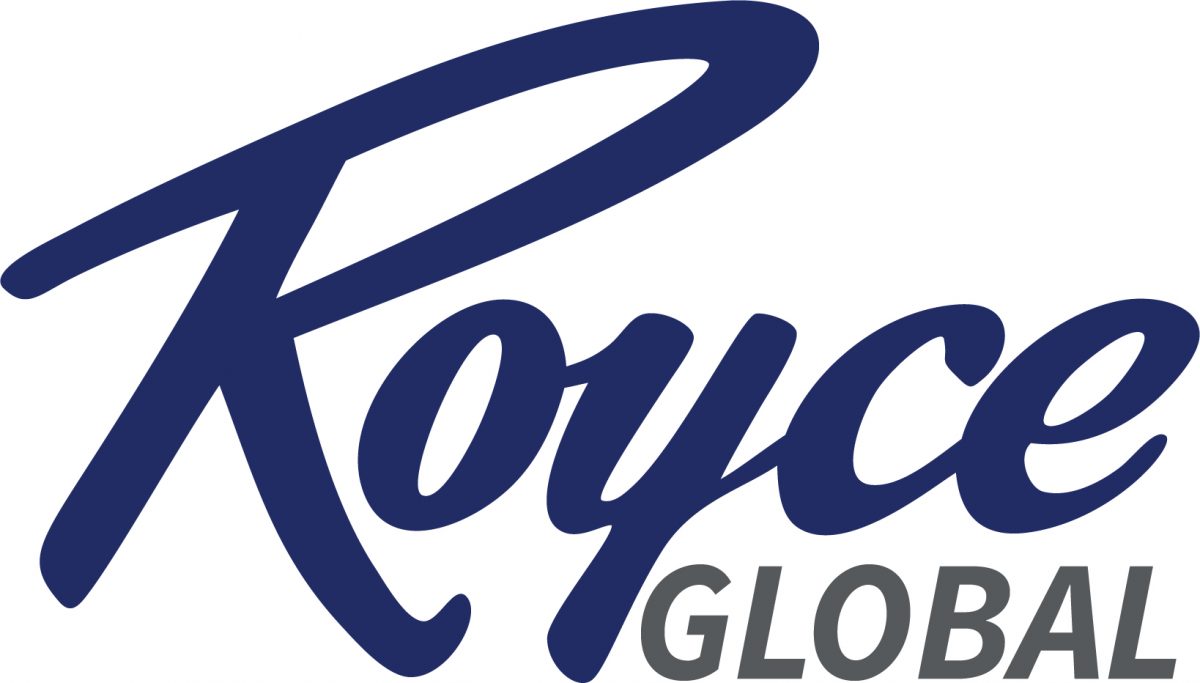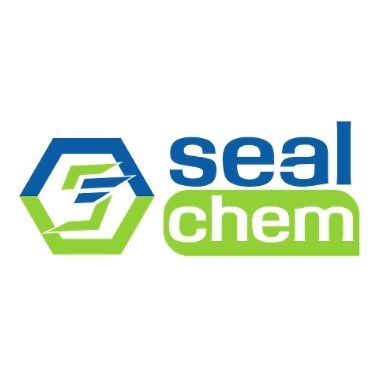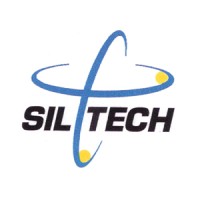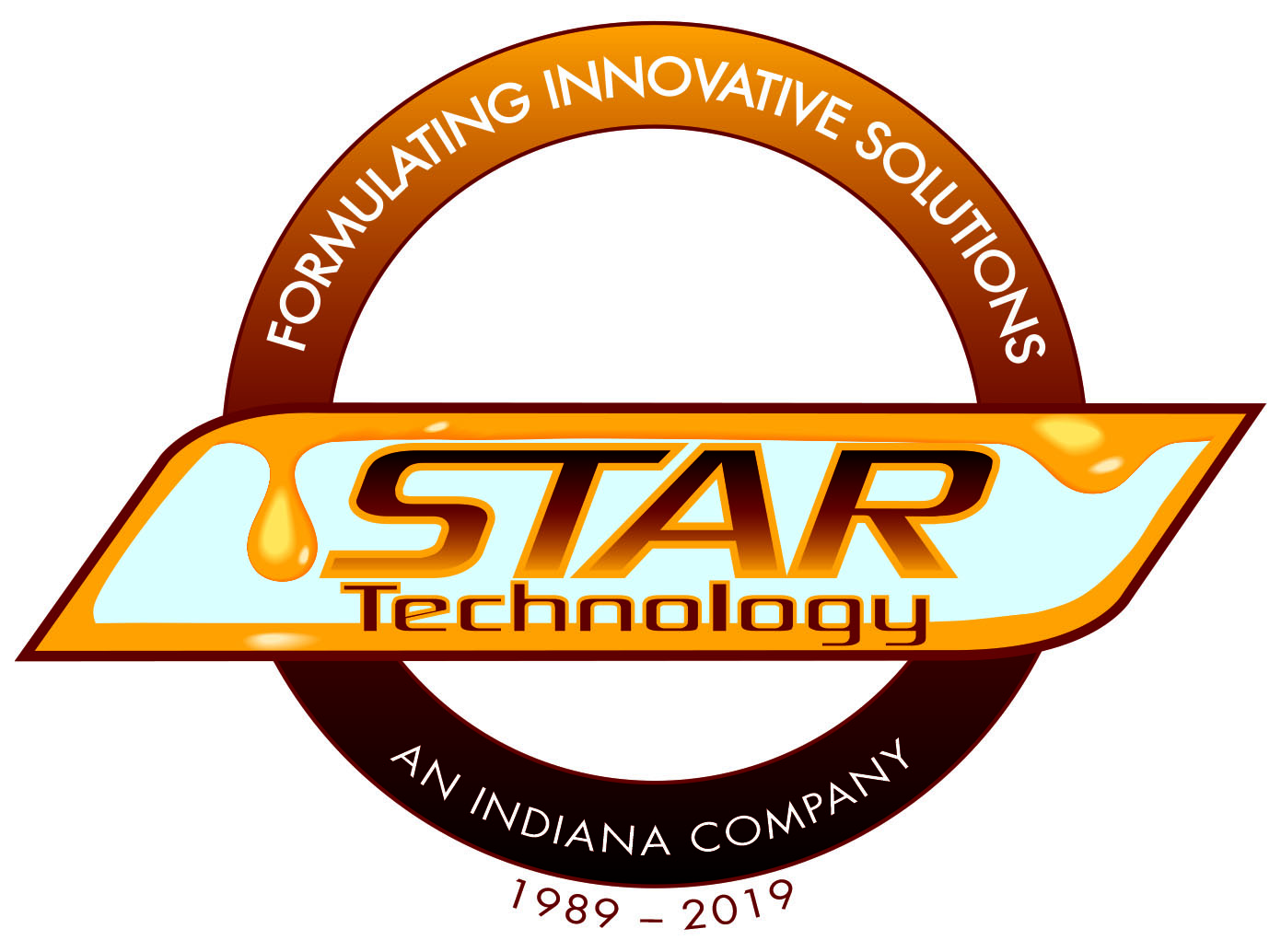2018 Annual Meeting Technical Papers Technical Paper presentations are essential to achieving one of the association's key objectives, which is to be "the premier forum to interact and exchange knowledge among formulators and suppliers." Technical Paper presentations are essential to achieving one of the association's key objectives, which is to be "the premier forum to interact and exchange knowledge among formulators and suppliers."Note: Technical papers are listed in alphabetical order by company
New Additive Technology for Zero VOC Coatings and Adhesives
Stuart Lipskin, BYK USAAs environmental concerns are more prevalent, the desire to reduce VOC levels becomes crucial
to stay relevant in the marketplace. This paper will focus on recent additive developments for
zero VOC epoxy formulated products. Highlighted liquid product technologies: -Pigment/filler wetting and dispersing -Improved surface protection -Defoaming and air release -Rheology CNSL technology as a versatile tool for Polyurethanes: Non-toxic isocyanate blocking agent and outstanding hydrophobicity
Yun Mi Kim, Cardolite
Cashew Nutshell Liquid (CNSL) is a non-edible natural oil widely used in epoxy coatings, adhesives, and friction materials and recently discovered various benefits in polyurethane formulations.
Its main component, cardanol, can be derivatized to make diols, polyols and also can react with isocyanates as an efficient and non-toxic NCO-blocking agent as a replacement for Nonylphenol. Blocked isocyanate technology allows 1K polyurethane(PU) and 1K/2K epoxy systems to achieve safer processes and higher performance coatings and adhesives. Key improvements include reduced free isocyanates and extended storage stability, especially for one component formulations, by minimizing moisture sensitivity through masking the isocyanate. CNSL diols are a useful tool for making PU prepolymers and use as a binder for 2K PU.
This paper describes the benefits imparted by the use of cardanol-based diols in 1K and 2K formulations, including high hydrophobicity, chemical resistance, and low moisture sensitivity of resulting PU systems, still exhibiting good mechanical properties. The second part of the paper demonstrates the applicability of cardanol as a blocking agent for isocyanate and prepolymers based on PPG and CNSL diols, validating the role of this unique bio-molecule as a safer and better performing option for the PU industry.
Modified Epoxy Resin For Fast Cure Composite and Adhesive Applications
Hitesh Soni, CVC Thermoset Specialties
The use of composites and adhesives in aerospace and automotive applications has greatly increased in recent years. The primary function of composite and adhesives in these applications is to create structures that are lightweight, strong, and durable. Meeting the growing demand for these materials has posed challenges to both raw material suppliers as well as formulators.
With advanced materials for composites and adhesives growing in supply on the market, formulators are challenged to increase their production capabilities and the energy needed to keep pace with supply and demand.
Formulators will, most often, concentrate effort on the development of the hardener composition (Part B) to accelerate cure speed. CVC Thermoset Specialties has developed and demonstrated that modified epoxy resin, used on the resin side (Part A) improved cure property and also reduces the energy required to make various materials used in composites and adhesives. In this presentation, the modified resin is used in 2K as well as 1K systems and tested for various cure kinetic, thermal and mechanical properties. The modified epoxy resin shows promising effects that improve not only cure characteristics but also show lower exotherm, time, or temperature required to achieve full cure. These advantages to the formulator translate to faster production and lower energy consumption.
Photopolymerizable Hybrid Resins Based on Isosorbide
John LaScala, Department of the Army, U.S. Army Research Laboratory
The development of thermosetting polymers from readily available and affordable sources, and with high thermal and mechanical properties, is crucial towards the advancement of current resins used in stereolithography (SLA) 3D printing. Our group has previously demonstrated that the methacrylate of bio-based isosorbide resulted in a low viscosity cross-linking vinyl ester1 making it practical in SLA techniques. Moreover, the subsequent polymerization of the isosorbide methacrylate (IM) scaffold resulted in a thermoset with the highest known glass transition temperature (Tg) for a vinyl ester resin. Building upon these results, we focused our attention on modulating the properties of IM-based thermosets via the incorporation of photopolymerizable acrylate and epoxy monomers. We explored hybrid resins to enhance thermal properties and create morphologies for improved fracture resistance. We investigated the effect of acrylate- and urethane-containing additives on the processing, extent of cure, morphology, thermal properties, and mechanical properties of a variety of photocured isosorbide-based thermoset polymers. The addition of urethane acrylates and bio-rubber compounds creates second phase morphology with micro to nanodomains. Although the urethane acrylates and bio-rubber compounds increased the viscosity of the resins, significant weight fractions of these components can be used while maintaining adequate Tg and viscosities that are acceptable for 3D printing applications.
Environmentally Friendly High Performance Bio-Based Polymers for DoD Applications
John LaScala, Department of the Army, U.S. Army Research Laboratory
Polymer composite materials, adhesives, and coatings are derived from non-renewable petroleum sources, making their use unsustainable and causing their cost to be highly volatile. Furthermore, these polymer materials often contain toxic components or produce toxic emissions. To address these issues, we have used plant-derived renewable resources to develop a number of polymer technologies with properties and performance similar to that of petroleum-derived polymers. We formulated and developed fatty acid-based vinyl ester resins derived from plant oils and successfully demonstrated and validated them on weapons platforms across the DoD. We have been addressing toxicity issues associated with bisphenol, a component used in the production of many high-performance polymers. Through the use of polymers from lignin-derived chemicals, such as guaiacol, and carbohydrate-derived isosorbide, and furans, we have created a number of polymers with properties similar or superior to that of commercial polymers. Furthermore, we have shown that these bio-derived chemicals and polymers have reduced toxicity relative to the baseline commercial polymers. As a result, we are currently preparing diamines derived from carbohydrates and lignin to reduce the toxicity and improve the sustainability of polyimides and epoxies.
High-Performance Anhydride-Epoxy Pultrusions
Michael Watkins, Dixie Chemical
Anhydride cured epoxy systems are attractive for pultrusion, because they can provide high strength, high glass transition temperatures, good chemical resistance, and excellent electrical insulation properties for demanding high-performance applications. In addition, anhydride-epoxy blends are generally low viscosity and wet out either glass or carbon fiber quite well. In the past 3 TRFA meetings, we have reported on laboratory techniques to evaluate systems for pultrusion, on new anhydride curing agents designed for high-speed cure in pultrusion, and on anhydride-epoxy formulations suitable for use in pultrusion. In this paper, we will report pultrusion results for these systems and how we were able to achieve high productivity (line speed ≥ 30 inches/minute) for some systems.
Synthetic Engineered Silica Reinforcement of Epoxy Adhesives
Jose Abrantes, Evonik Corporation
The primary use of engineered synthetic silica materials in epoxy adhesives is rheology modification; however, with the proper choice of silica, a significant effect on the reinforcement is possible as well. A wide array of options in the engineered synthetic silica materials, including precipitated, fumed and structure modified fumed silica, can make the selection by the end-user difficult. Physico-chemical properties of silica such as morphology, aggregate structure, and surface treatment all play critical roles in epoxy reinforcement. This paper will provide guidance for both the selection and use of engineered synthetic silica in the formulation of epoxy adhesive systems using Three-Point Bend, Tensile, LAP Shear, and T-Peel testing methods to differentiate between available commercial grades of silica. Composite 2.0: Reversibly crosslinking thermoset-thermoplastic hybrid composites
Steffen Kanzler, Evonik Corporation
A new polymer material was developed, which reversibly crosslinks according to temperature. This is especially relevant for the automotive and construction industry because the matrix allows high mechanical properties and excellent chemical resistance in the crosslinked state below 100 °C and allows fast and thus cost-efficient processing. Our reversible cross-linked matrix system displays a completely new class of material. Its unique feature is temperature-controlled reversible crosslinking. At an application temperature below 100 °C, the material is in a crosslinked state and exhibits high mechanical properties. When all crosslinks are open, the material enables easy reshaping and fast processing cycles. During cooling, the material crosslinks again. In addition to producing parts with prepregs, the material can also be processed by a combined injection molding and laminate thermoforming process (SpriForm-technology).
The mechanical properties and chemical resistance are much higher than those of state-of-the-art thermoplastic material (e.g. polyamide 6, typical thermoplastic material in the automotive industry) due to the crosslinking. In contrast to thermoplastic material, the glass transition temperature is higher as well and guarantees these properties up to 100 °C. In the paper, we will present data to support our claims.
Polyurethane and Polyurea Chemistry: The Current Art
Corey King, Evonik Corporation
This technical presentation will start with the basics of 2K polyurethane and polyurea chemistry, discussing the attributes of various polyisocyanate crosslinkers, methods to choose the right crosslinker to combine with certain resin types, and the physical properties that can be expected from the resulting coatings. Methods of catalysis of the polyurethane coatings will be discussed, as well as methods to increase the solids content of formulated coatings. Following this, non-isocyanate (NISO) resin systems new to the market will be presented, showing possibilities of how to get the performance of polyurethanes with materials that are easy to handle.
Liquid Latent curing agent for epoxy resins
Pritesh Patel, Evonik Corporation
The composite industry is demanding epoxy resin systems that can be cured at lower temperatures (<70°C) in a shorter time (<2 hrs). Current epoxy curing systems require a high temperature (~150°C) to achieve the required throughput. Traditional latent curing agents are solids. In general, latent materials require a high temperature of cure (>150°C) for several hrs. The Liquid Latent curing agent we have developed gives a good balance of low-temperature cure (<70°C) coupled with longer latency. The higher temperature of cure (150°C) forces the rapid reaction between the curing agent and the epoxy resin, which leads to the liberation of an excessive amount of heat during the curing process. This excessive exothermic can create hot spots within the cured matrix which can result in a catastrophic failure of structural composite parts. This paper outlines the development of new “liquid latent” curing agent technology which allows epoxy resins to be cured at lower temperatures (<70°C), and the concomitant reduction in the heat generation in comparison to incumbent technology. The “liquid latent” technology provides a good balance of working time and mechanical properties and is a valuable option for all commonly used liquid composite processing techniques. The technology provides a step-change in the fabrication of prepreg systems and can provide shelf life compared to traditional one component (1K) prepreg systems when stored under refrigerated conditions.
Practical Methods to Characterize the Thermoset Cure Process
Jeffrey Gotro, Innocentrix, LLC
With the ever-increasing pressure to reduce costs, have you ever wondered if you could shorten your cure time but didn’t know how to determine if the process change would negatively impact the degree of cure? The good news is that there are many methods available to characterize the thermoset curing process. This paper will provide practical tips for characterizing thermoset cures using case studies. There are two important concepts in thermoset curing that must be understood to ensure proper curing; gelation and vitrification. The case studies will demonstrate how to characterize gelation and vitrification and demonstrate the importance of both of these concepts in thermoset processing. The use of thermal analysis (such as DSC, DMA, and TMA) and rheological methods will be highlighted in the case studies. The first case study will cover the role of cure temperature on the conversion of an epoxy-amine system. The conversion is dependent on the relationship between the cure temperature and the ultimate glass transition temperature (Tg). A second case study will highlight the advantages and disadvantages of room temperature curing and demonstrates the role of vitrification during room temperature curing.
Designing Epoxy Systems for Low-Temperature Cure
Yanmin Zhong, Olin Corporation
Return to service time for epoxy thermoset systems depends heavily on system cure temperature. At 70°F, epoxy systems are routinely designed for fast return to service with excellent property development. At 50°F, many systems will not cure satisfactorily and will not provide the performance expected from epoxy-based thermosets during cooler spring and fall months. These cooler temperatures translate into shorter application seasons when the temperature is above 50°F. Formulating for low-temperature systems extends the coating application window into the winter months when the outside temperature falls below 50°F. Design of systems able to cure below 50°F requires tuning the glass transition temperature, curing agent chemistry, and accelerator to maximize desired properties. The impact of these various formulating techniques will be summarized in order to design a low-temperature cure system.
Improved Copper Adhesion and Toughness in Resins for Electronic Applications
Megan Casey, Total Cray Valley
Epoxies and polyphenylene ether are resins commonly used in the electronics industry. The strength and thermal resistance of these resins can be excellent, but they can be brittle. In this paper, we will discuss two challenges in electronic device fabrication: improvements in adhesion to copper and in toughening. In epoxy resin systems, styrene-maleic anhydride (SMA) resins have long been used as co-reactants and help impart adhesion to copper cladding. By functionalizing the SMA resin with a pendant phenolic group, adhesion to copper can be greatly improved, without detriment to heat resistance and dielectric properties. In polyphenylene ether resins systems liquid polybutadiene resins can be used as hardeners, in lieu of typical hardeners such as triallyl isocyanurate. These reactive liquid rubber oligomers can improve toughness and dielectric properties without sacrificing heat resistance.
Real-Time Resin Temperature Estimation of a VARTM Composite using Infrared Thermography
Chris Nash, Vanderbilt University
A technique for detecting potential flaws in VARTM composites during the manufacturing process using infrared thermography was examined. The exothermic cure cycle of the thermoset resin used for this VARTM composite can be monitored by determining the internal temperature of the composite during infusion and cure. Thermocouples were embedded in the fiber reinforcement prior to resin infusion to measure the temperature of points within the part during resin infusion, and infrared thermography was used to measure the temperatures of points on the top surface of the composite directly above the thermocouple locations. Using this data, a model was developed to estimate the internal temperatures of points within the part based on measured surface temperatures. The model utilizes probabilistic methods to predict the resin temperatures with a degree of confidence in real-time. These temperature estimations will then be used in future work to predict the potential flaw location and the nature of the potential flaw (such as resin-rich or resin-deficient). Real-time knowledge of the potential flaw location and nature can then be used to correct and minimize flaw formation in the composites through adjustment of process control variables such as resin flow rate or the number of active resin pumps.
|




